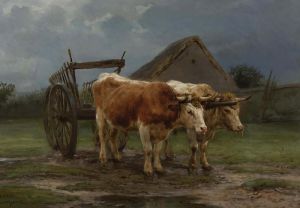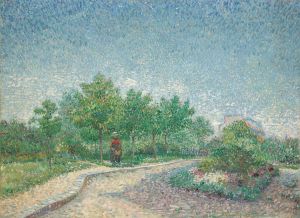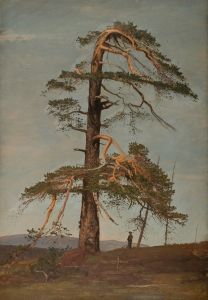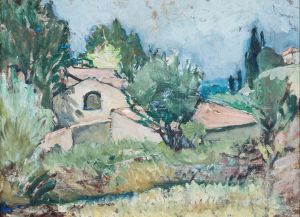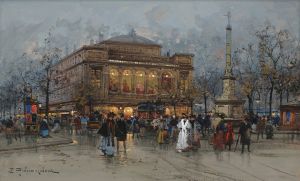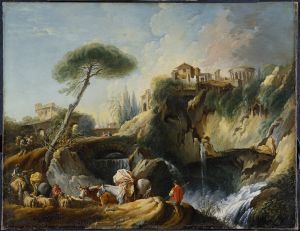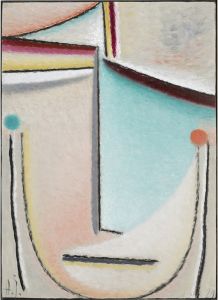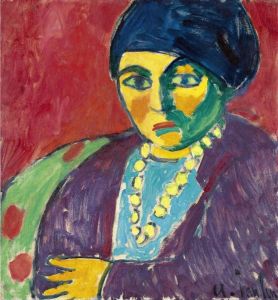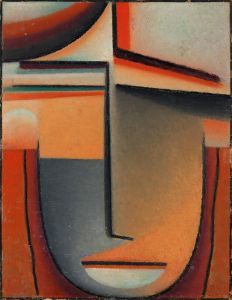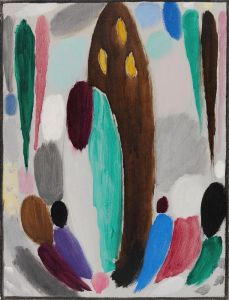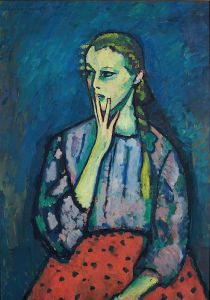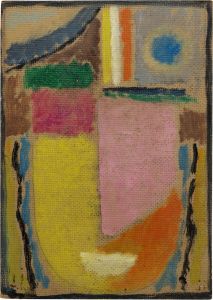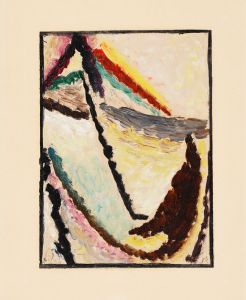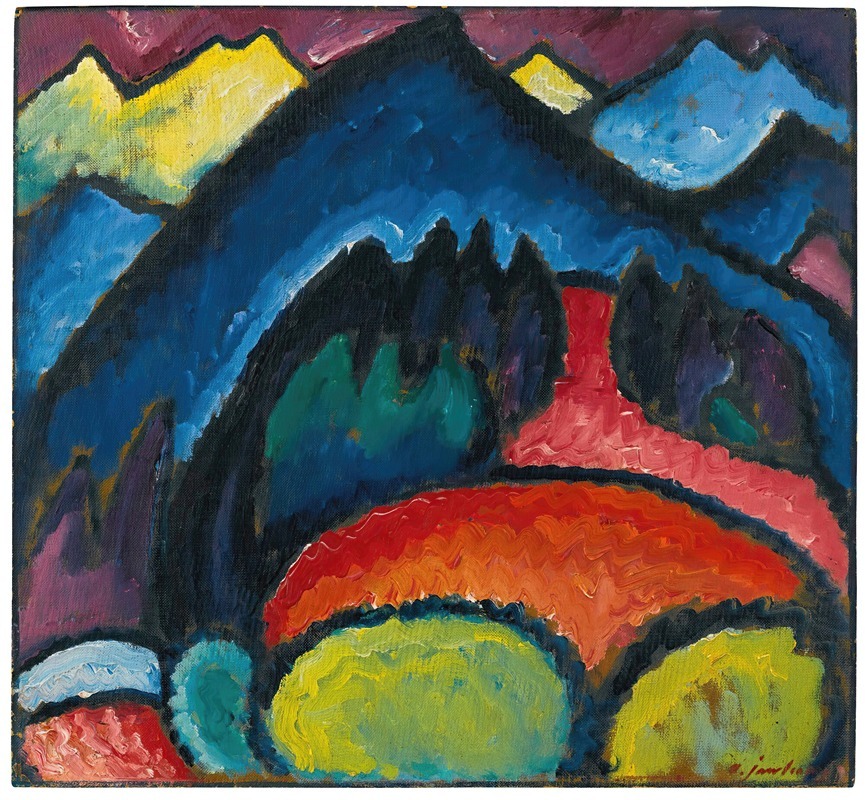
Oberstdorf
A hand-painted replica of Alexej von Jawlensky’s masterpiece Oberstdorf, meticulously crafted by professional artists to capture the true essence of the original. Each piece is created with museum-quality canvas and rare mineral pigments, carefully painted by experienced artists with delicate brushstrokes and rich, layered colors to perfectly recreate the texture of the original artwork. Unlike machine-printed reproductions, this hand-painted version brings the painting to life, infused with the artist’s emotions and skill in every stroke. Whether for personal collection or home decoration, it instantly elevates the artistic atmosphere of any space.
Alexej von Jawlensky was a Russian expressionist painter associated with the Blue Rider group, known for his vibrant use of color and bold brushwork. One of his notable works is "Oberstdorf," a painting that reflects his distinctive style and artistic evolution. This piece is part of Jawlensky's exploration of landscapes, a subject he frequently revisited throughout his career.
"Oberstdorf" was painted during a period when Jawlensky was deeply influenced by the landscapes of southern Germany, particularly the Bavarian Alps. The town of Oberstdorf, located in this region, provided a picturesque setting that inspired many artists of the time. Jawlensky's interpretation of this landscape is characterized by his use of vivid colors and expressive forms, capturing the essence of the natural environment rather than its literal appearance.
Jawlensky's work during this period was marked by a transition from the more representational style of his earlier years to a more abstract and expressive approach. In "Oberstdorf," this shift is evident in the way he simplifies forms and uses color to convey emotion and atmosphere. The painting likely features bold, contrasting colors and dynamic brushstrokes, elements that Jawlensky used to evoke the spiritual and emotional resonance of the landscape.
The influence of other artists and movements is also apparent in Jawlensky's work. He was closely associated with Wassily Kandinsky and other members of the Blue Rider group, who were exploring new ways of expressing spiritual and emotional truths through art. This connection is reflected in Jawlensky's use of color and form to transcend the mere depiction of physical reality, aiming instead to capture the inner essence of his subjects.
"Oberstdorf" exemplifies Jawlensky's belief in the power of color and form to convey deep emotional and spiritual experiences. His approach to landscape painting was not about replicating the visible world but about interpreting it through a personal and expressive lens. This philosophy aligned with the broader goals of the expressionist movement, which sought to explore the subjective experience of reality.
Jawlensky's work, including "Oberstdorf," has been influential in the development of modern art, particularly in the realm of expressionism. His innovative use of color and form has inspired subsequent generations of artists to explore new ways of seeing and representing the world. Today, Jawlensky's paintings are celebrated for their emotional depth and artistic innovation, and they continue to be studied and appreciated for their contribution to the evolution of modern art.
While specific details about the painting "Oberstdorf" might be limited, its significance lies in its representation of Jawlensky's artistic journey and his contribution to the expressionist movement. Through works like this, Jawlensky has left a lasting impact on the art world, influencing both his contemporaries and future artists.





